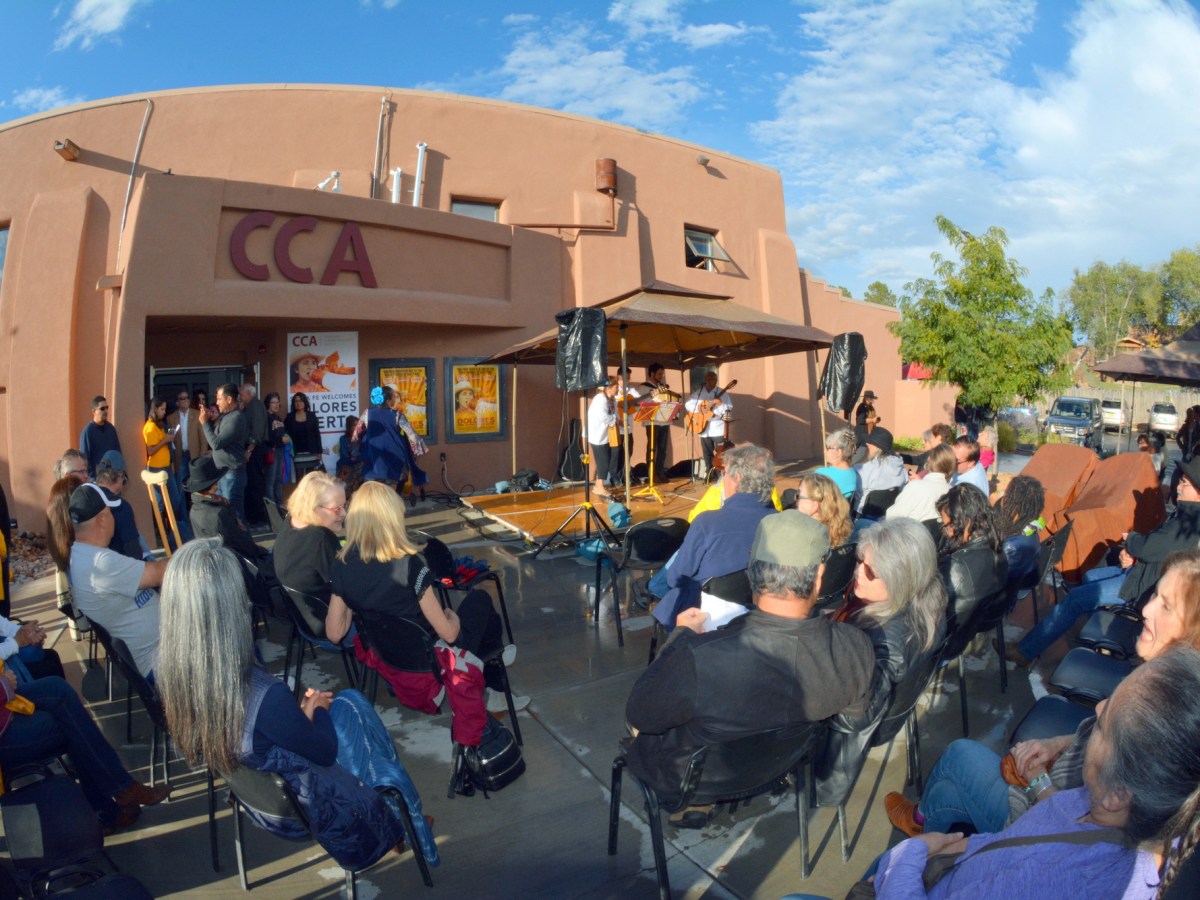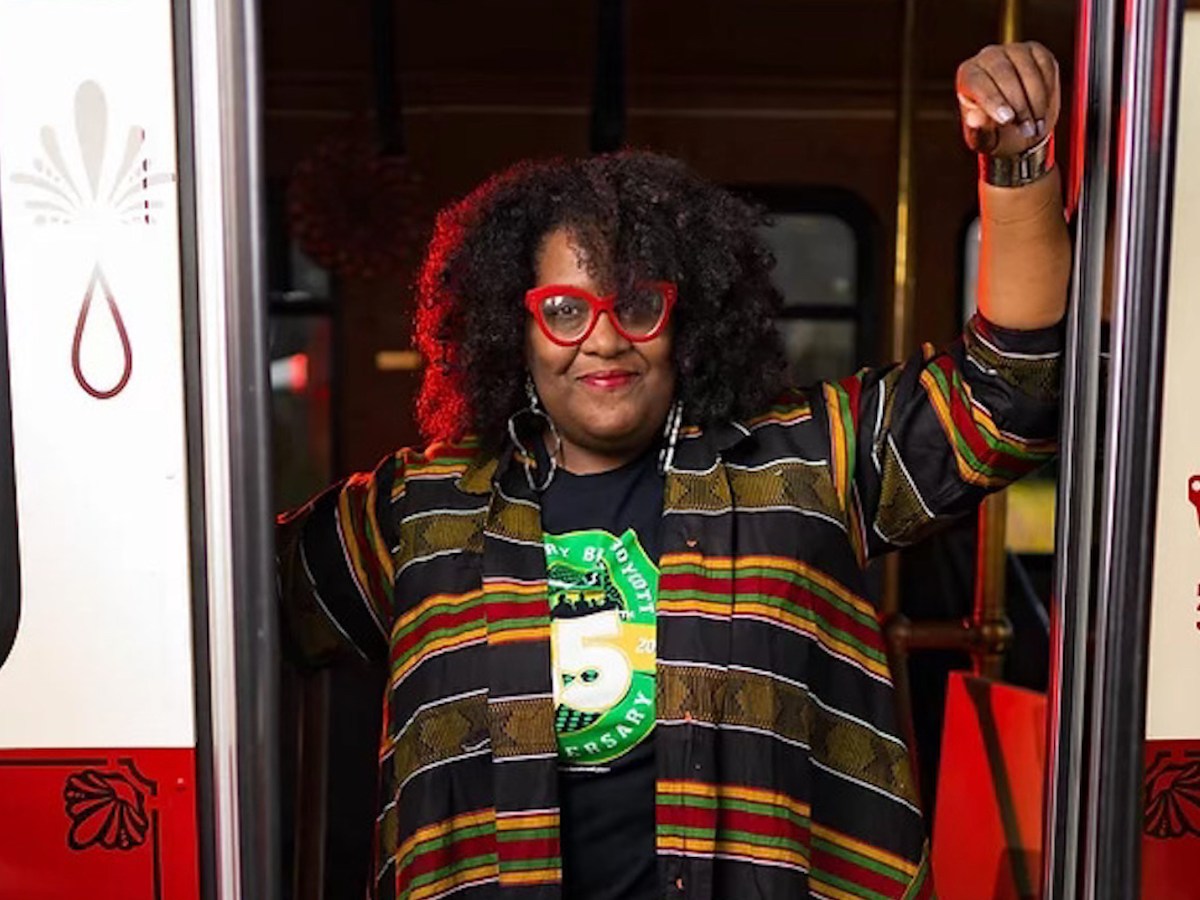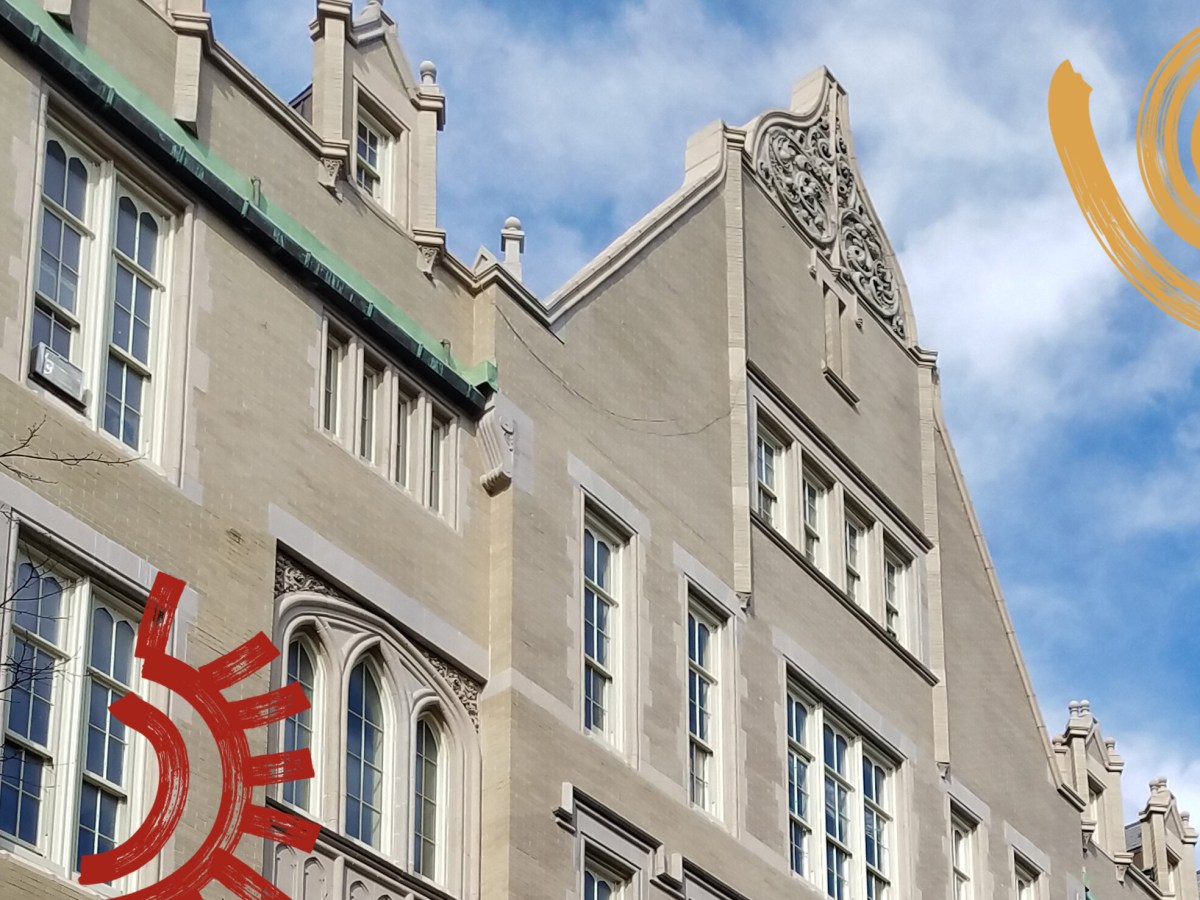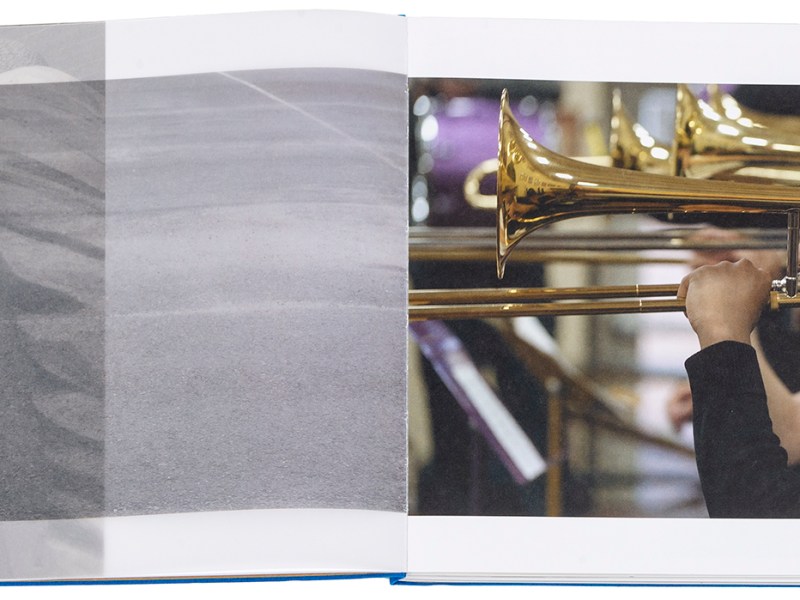LOS ANGELES — The architect and engineer Alejandro Zohn may be the most influential person to shape public space in Guadalajara, Mexico, but beyond its borders, few know about him. The MAK Center for Art and Architecture introduces him to Los Angeles with Seeking Zohn, an enigmatic exhibition that reveals similarities between Zohn and R.M. Schindler, both Jewish emigres from Austria, and their cities, Guadalajara and Los Angeles.
The exhibition isn’t a straightforward survey of Zohn. Instead, curators Mimi Zeiger, an LA-based critic, and Tony Macarena, the pseudonym for the Mexico City-based design team of Lorena Canales and Alejandro Olávarri, commissioned six artists to respond to his body of work. Their interpretations sprawl through the MAK’s Schindler House, cozying into fireplaces and standing tall, as billboards placed in the gardens.
Zara Pfeifer’s “Untitled (El Archivo)” (2022) and Adam Wiseman’s “Orden / Caos” (2022–23) set up parallels between Zohn and Schindler, showing why this property was a natural fit for the exhibition. Their photographs of two Zohn designs, the hall of records, Archivo del Estado de Jalisco — “El Archivo” to locals — and a public bandshell, Concha Acústica, focus on the long, winding steps and the rectangular facades in the structures. They match the low-ceilinged, stretched body of the Schindler House and the wood beams and panels that segment the home. Most of the photos are small and delicately hung from the support beams, and waft in the breeze.
Their photographs also accentuate the role shade plays in Zohn’s designs. Wiseman’s close-ups of the dramatic, slanted concrete expose deep shadows that turn into arrows, beckoning one into its recess. One of Pfeifer’s photos shows a cluster of people huddled under a tree in El Archivo’s courtyard, one of the few sources of shade on the Brutalist construction. It draws connections to the many tree-deprived zones in Los Angeles, especially in the low-income, primarily Latinx neighborhoods. Without context, the Guadalajarans could easily be mistaken for Angelenos.

Because Zohn primarily designed public spaces like government buildings, libraries, and housing projects, his structures continue to thrive with life. Onnis Luque captures the daily activities of modern Guadalajarans in “INFO33” (2022), all of whom live at Unidad Habitacional CTM-Atemajac, government housing Zohn completed in 1978. The youngest inhabitants are now three generations apart from the original transit workers who received apartments. Luque’s photographs contrast the older generation, politely standing with hands in their pockets, staring at the floor or seated at a dinner table, hands clasped, with the more flamboyant younger generation, posing with their hands raised, flashing tattoos, giving the best angle of their fits.
Though most snapshots show a fairly mundane existence, Sonia Madrigal’s “Occupy the Landscape” (2022) sheds light on the violence women face in public spaces. In 2019, Atzhiri Paulina Sánchez was murdered, a victim of femicide, in a parking garage at Edificio Mulbar, a shopping center Zohn designed. Madrigal captures the decaying mall from across the street, an uneasy view that matches the perspective of a predator. Sánchez had entered the garage to photograph the sunset, and Madrigal pairs documentation of the structure with an ethereal, purple-blue print of dusk, the view ripped away from Sánchez and so many other women.
One drawback to Seeking Zohn is that much of this information is obscured. No didactics accompany the photographs, projections, or ephemera displayed in vitrines. Without them, the artwork reads as day-in-the-life snapshots of Guadalajara, and could even be mistaken for archival documentation rather than new work commissioned for the show. For a figure who is relatively unknown in the US, this is detrimental to Zohn’s story, as well as those of the subjects’ featured in the work.
Still, the harmony between Zohn’s and Schindler’s architectural styles is immediately apparent while stepping through the house. Both greatly contributed to their city’s personality, whether it be Zohn’s Zygarot-inspired amphitheater seating or Schindler’s oblong homes with wooden frames. Through public and private space, they let forms come secondary to the experience of life.





Seeking Zohn continues at the MAK Center for Art and Architecture (Schindler House, 835 North Kings Road, West Hollywood) through July 23. The exhibition was curated by Mimi Zeiger and Tony Macarena.
This post was originally published on this site be sure to check out more of their content.


















